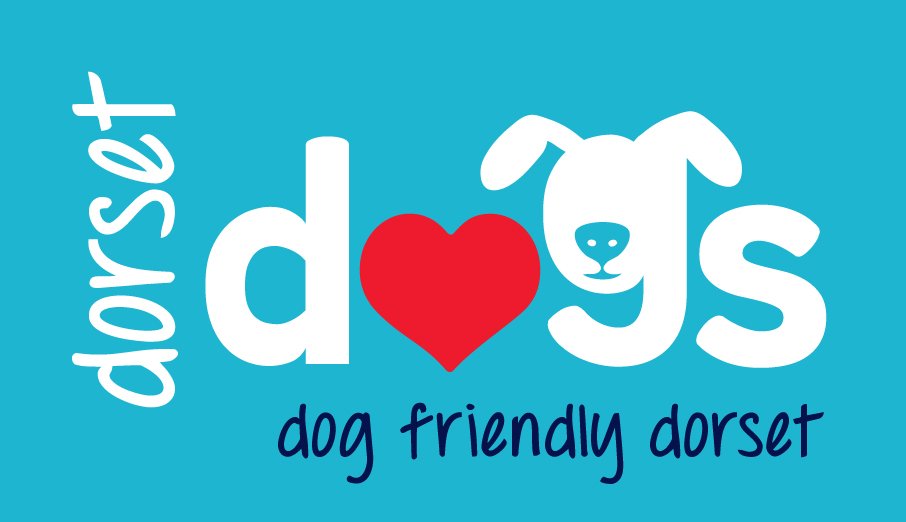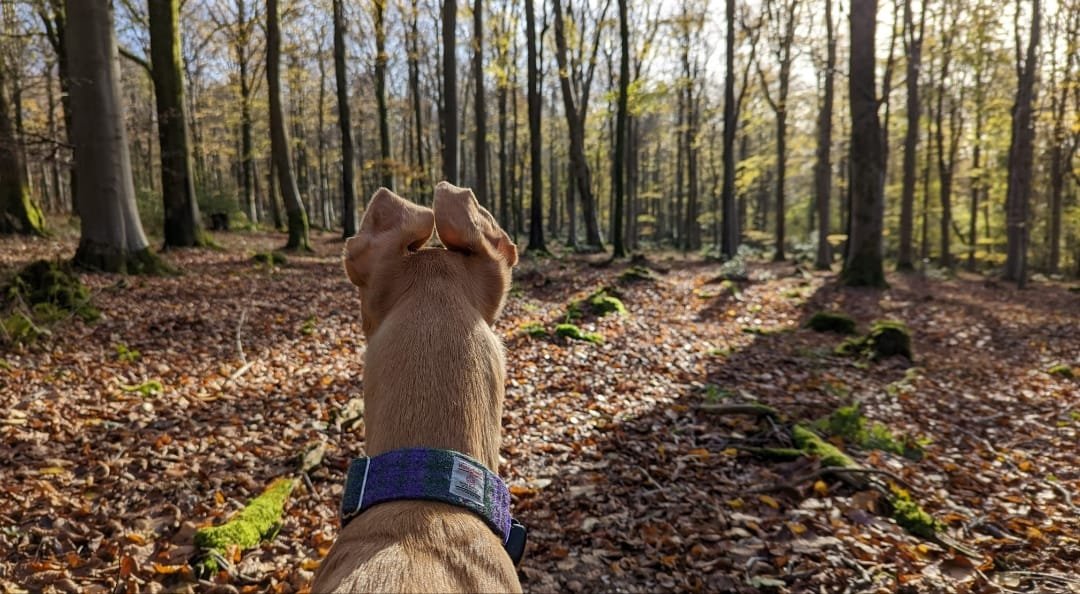Ears
Hobbes is alert and focused. Is there a deer or a rabbit in the distance?
Notice the different positioning of the ears on these staffies. What are they communicating?
Piccies by A Billion Clicks Photography
It’s important to read our dogs’ ear positions as it can mean that we spot signs of stress early and are able to lessen the or remove the cause. We want to also be able to catch an early sign of intense feeling before it escalates. For these reasons, we must understand all aspects of canine body language, including dog ear position meaning:
Write down your thoughts about these dogs ears and what they may be communicating and keep your notes for our live session…
You can click on the images to zoom in
On professional shoots it’s harder to read as most dogs are staring at a treat. And are not relaxed but can you identify where their neutral position may be and are they meeting that or how are their ears different from that.
Piccies by David Baker
Boerboel ears
write down your thoughts about these ear placements
If this dog was running near you how would you feel and what can we tell from the ears as one part of the body language?
Sighthounds! What can we tell about these ear placements.
Write them down
Neutral ear position
When your dog is relaxed, his/her ears will sit in a neutral position. Neutral position means that the ears are not pricked forward, drooping down or pasted to his head. Whatever the dog’s breed, they are just sitting easy.
Can you identify your dog’s neutral ear position? Email it in to me hello@dorsetdogs.com
Here is a relaxed dog called Henry with neutral-ish ears. His are a little back making his face area wider. The other body language cues that tell me this dog is at ease are the big, open mouth and relaxed, drooping tongue.
Attentive/Pricked Ears
Some dog ears like spaniels will never stand up and others show this much more clearly such as this Westie below.
This could be communicating a range of things: focused, curious, intense, tense
The ears could be directed towards the object that holds their attention.
They could be pricking their ears to listen to something more closely. Your dog might do this if they hear an unfamiliar sound in the neighbourhood, and hunting dogs do this to listen while they’re working. Your dog also does this when they are excited during playtime. Pricked ears means they are attentive and engaged in the activity.
Alert Ears
Here the ears are raised up by the muscles of the face and set back. Tell us your observations followed by analysis.
Changing Ear Position
When your dog is quickly changing the position of his ears, it can be hard to understand how they feel or what they might be trying to tell you. In this case, you and your dog are totally on the same page because this kind of ear movement could mean your dog doesn’t know how to feel either! A quickly changing ear position indicates that your dog is puzzled. He might feel uncomfortable or concerned, so do what you can to comfort him or answer his unspoken questions about what is going to happen next. (no picture)
Spot the Difference
Flattening ears and pinned back
Called pinning back the ears back. Ears pulled back, tight and still in the above picture. “I’m not happy”. You can see the pulling back of the muscles around the eyes. Tense body and mouth. Domed head.
Dogs can drop/lower their ears when they are both happy and nervous. It’s important to read the rest of the dog. You can call the ears, “dropped” when the dog is offering pro social behaviour.
Some dogs smile and relax and flatten their ears. Everything else wiggling on the body. They can also pull back to show appeasement. Or to make themselves more endearing. And when they are worried.
It depends on the design of the dogs ears as some are naturally set back e.g. sighthounds and some bulldogs which can make this a hard one to translate...
One ear forward, one back, two directional ears can be listening to things in more than one direction. Or if they are moving in opposite directions the dog could be trying to work something out. Adolescents in some breeds have naturally lopsided or flopped two-directional ears.
Flattening ears example
What from the above explanations would you choose? for this fawn coloured sighthound. Or would you have a different description altogether…?
Cavalier King Charles Ears
Write down the subtle differences and meaning that you observe with the following cavalier ears. And bonus points if you can spot which ones are my dog Merlin…
NEXT
Once you’e completed all 4 modules on the different parts of the FACE (found at the top of the FACE main page). Return to the The Face main page to learn more and take the tests…

















































